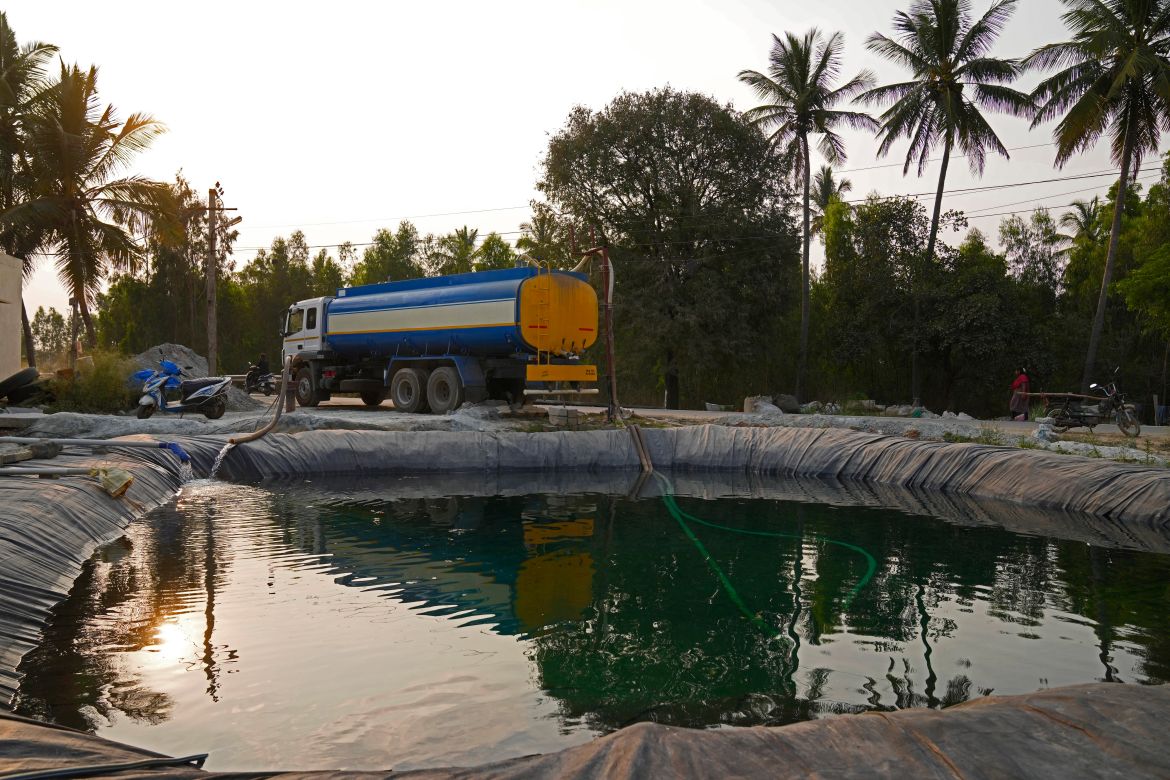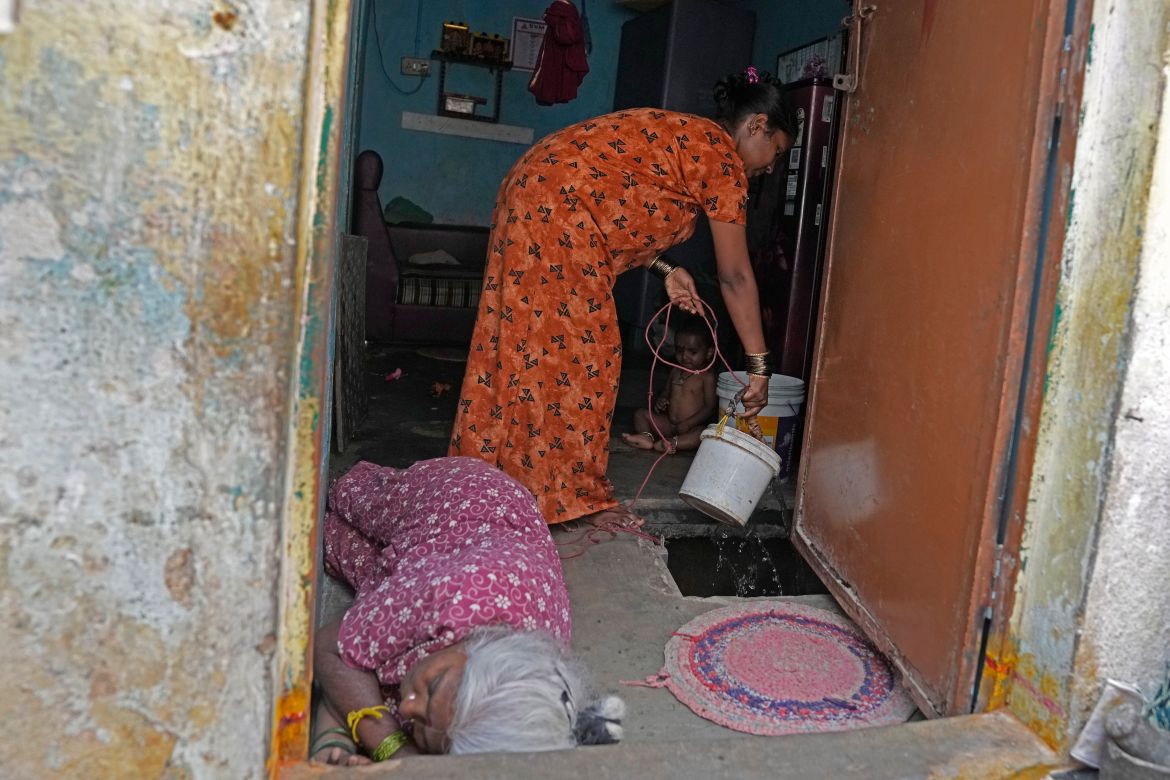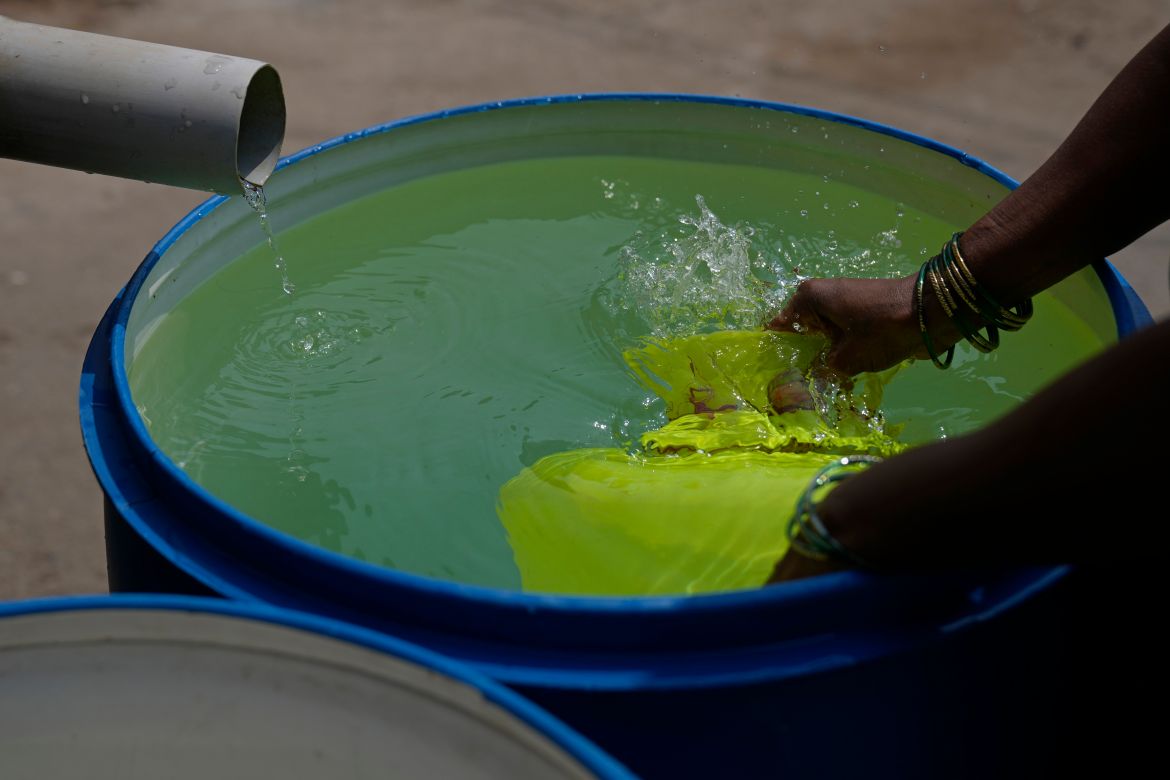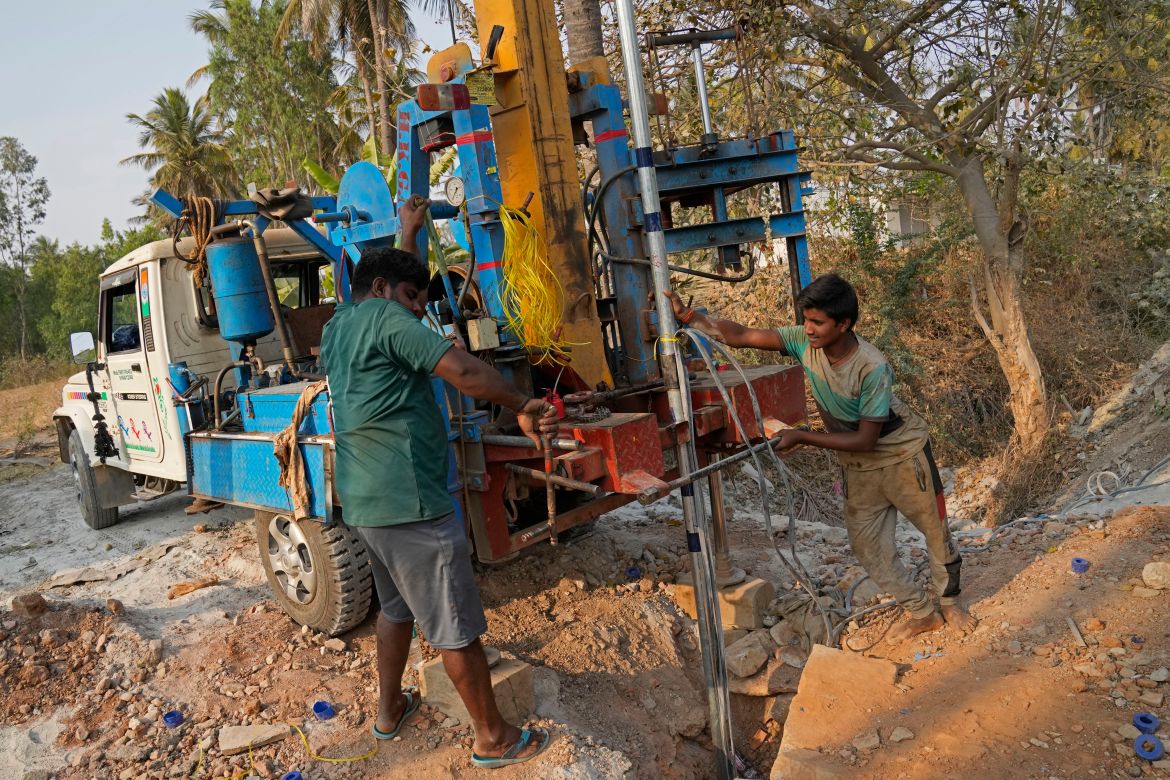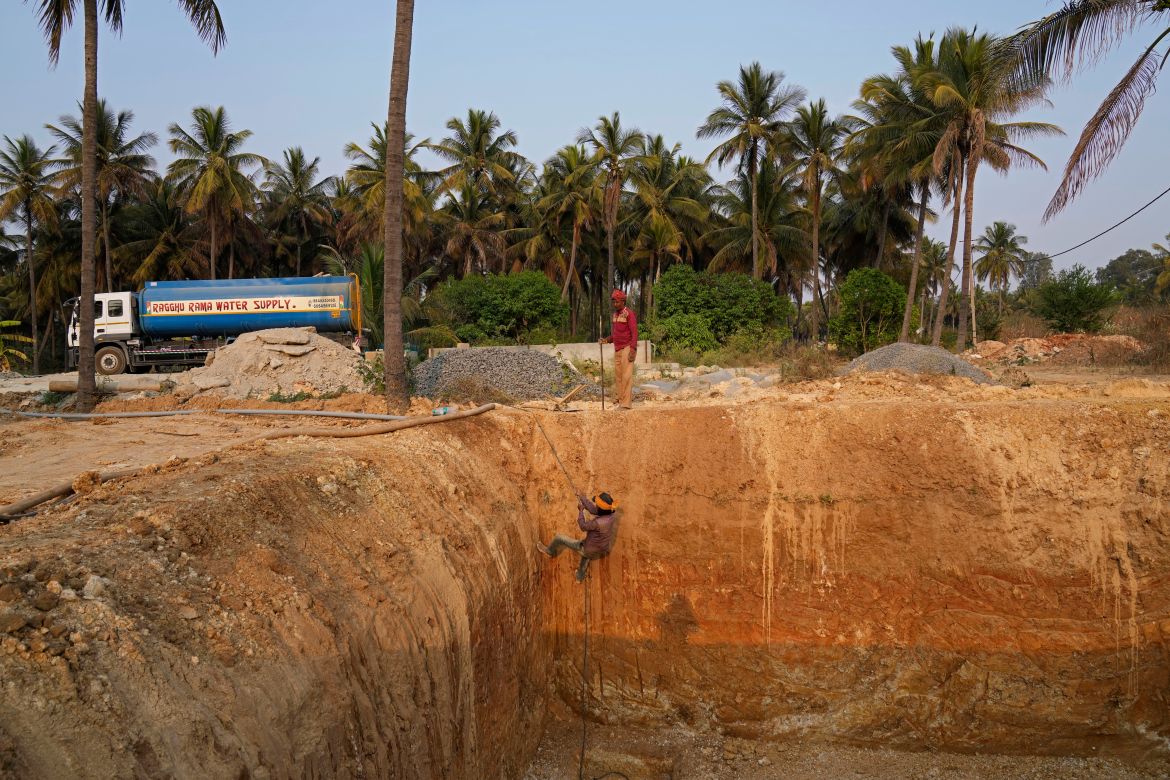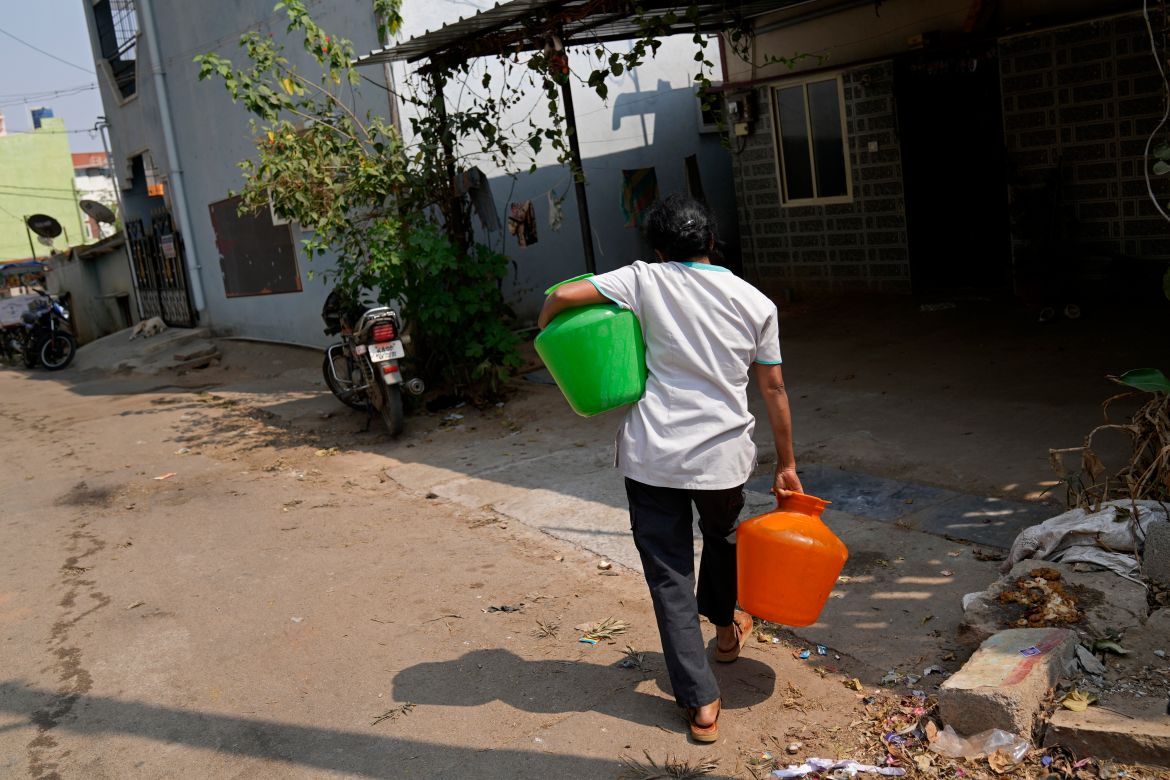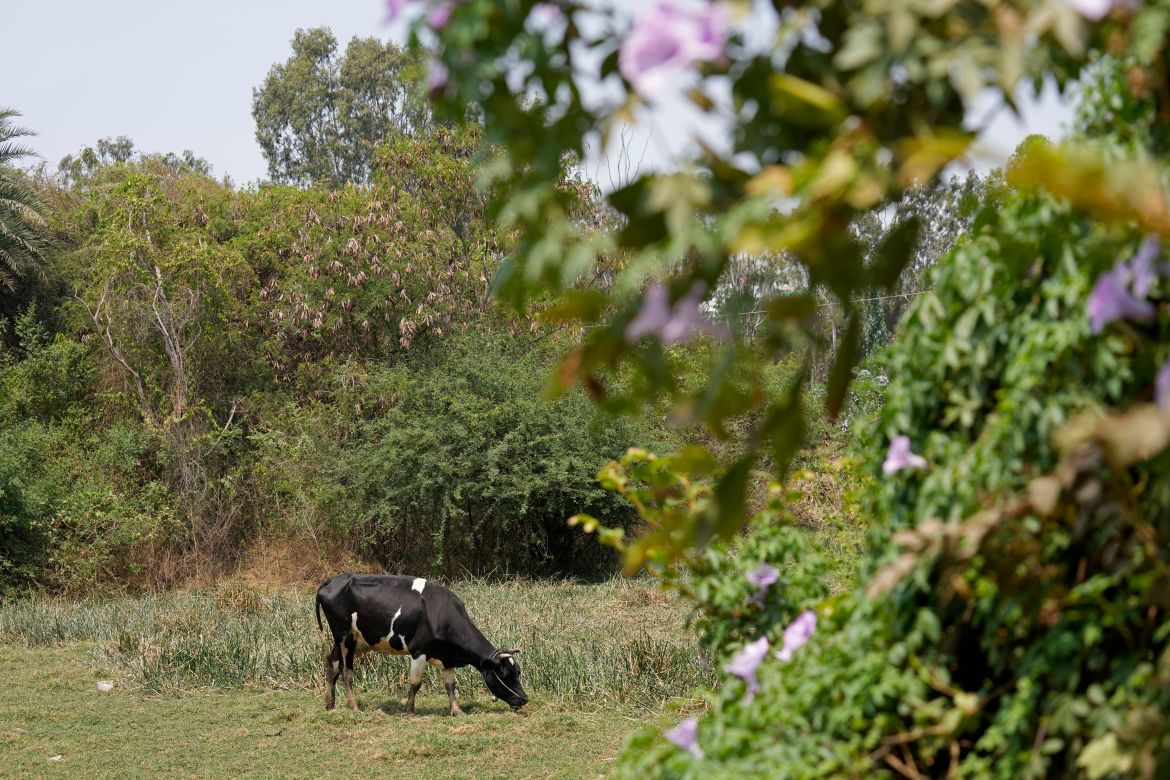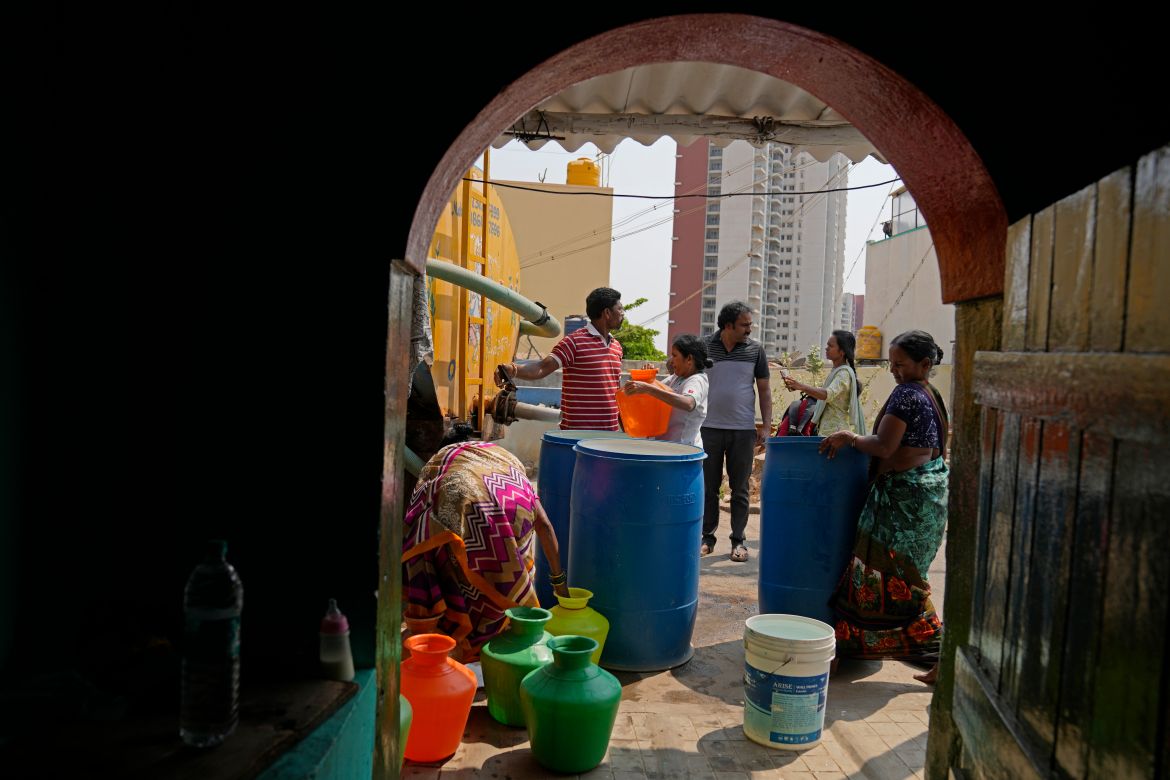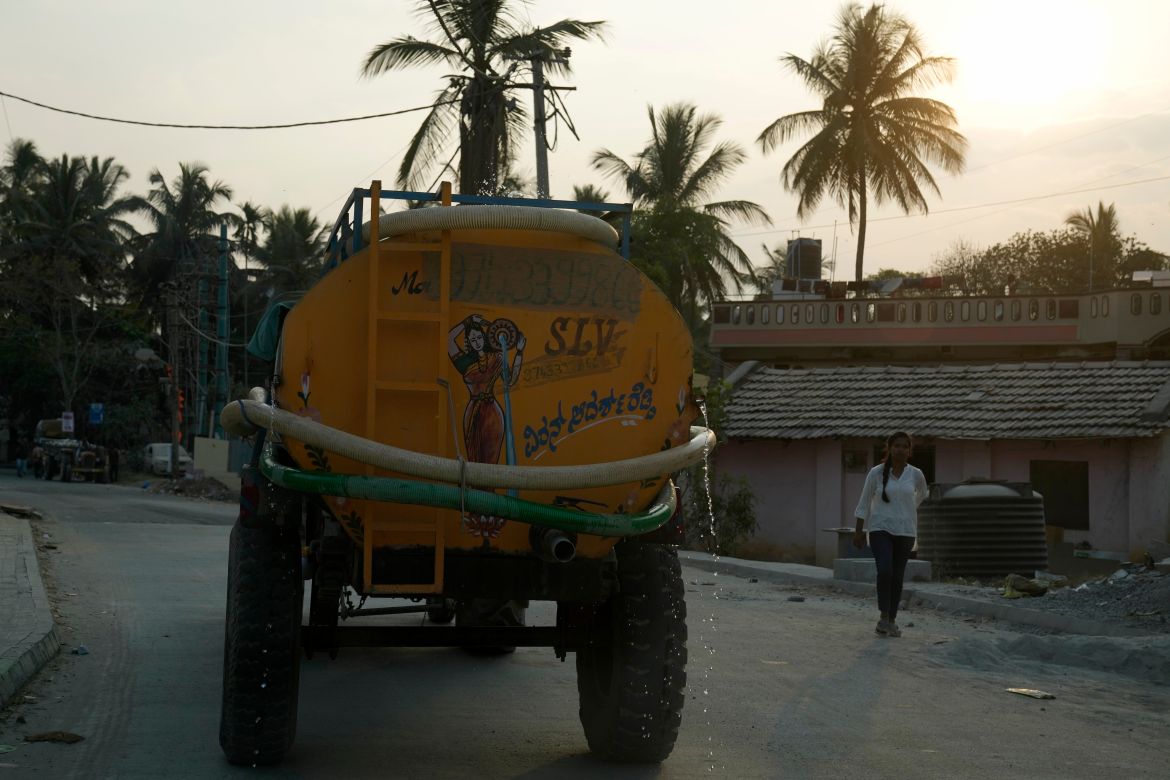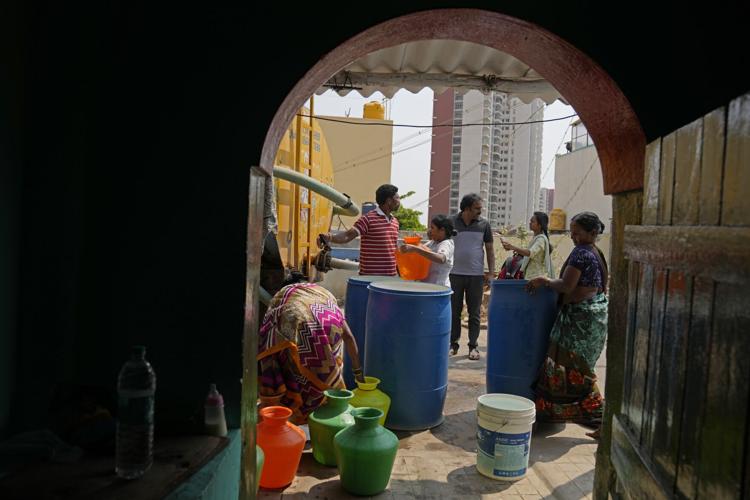
Residents say they are facing the worst water crisis in decades as they witness an unusually hot February and March.
Bengaluru, the city of lavish headquarters of multiple global software companies in southern India, is drying up. Residents say they are facing the worst water crisis in decades as they witness an unusually hot February and March.
Water experts fear the worst is still to come in April and May when the summer sun is at its strongest in the city of 13 million residents.
In the last few years, Bengaluru has received little rainfall in part due to human-caused climate change. Water levels are running desperately low, particularly in poorer areas, resulting in sky-high costs for water and a quickly dwindling supply.
City and state government authorities are trying to get the situation under control with emergency measures, such as nationalising water tankers and putting a cap on water costs.
Authorities say 6,900 of the 13,900 borewells drilled in the city have run dry despite some being drilled to depths of 457 metres (1,500 feet). Those reliant on groundwater now have to depend on water tankers that pump from nearby villages.
Shashank Palur, Bengaluru-based hydrologist with the Water, Environment, Land and Livelihood Labs think tank, said El Nino, a natural phenomenon that affects weather patterns worldwide, along with less rainfall in the city, mean “recharge of groundwater levels did not happen as expected”.
A new piped water supply from the Cauvery River, about 100km (60 miles) from the city, has also not been completed, adding to the crisis, he said.
Another concern is that paved surfaces cover nearly 90 percent of the city, preventing rainwater from seeping down and being stored in the ground, said TV Ramachandra, research scientist at the Centre for Ecological Sciences at Bengaluru-based Indian Institute of Science.
The city has lost nearly 70 percent of its green cover in the last 50 years, he said.
The Indian government estimated in 2018 that more than 40 percent of Bengaluru’s residents will not have access to drinking water by the end of the decade. Only those that receive piped water from rivers outside Bengaluru are still getting regular supply.
Sign up for Al Jazeera
Weekly Newsletter
The latest news from around the world. Timely. Accurate. Fair.Subscribe

By signing up, you agree to our Privacy Policy
protected by reCAPTCHA
“Right now, everyone is drilling borewells in buffer zones of lakes. That is not the solution,” Ramachandra said.
He said the city should instead focus on replenishing the more than 200 lakes spread across the city, stop new construction on lake areas, encourage rainwater harvesting, and increase green cover across the city.
Palur added that identifying other sources and using them smartly, for example by reusing treated wastewater in the city “so that the demand for fresh water reduces” could also help.
Until then, some residents are taking serious measures. S Prasad, who lives with his wife and two children in a housing society made up of 230 apartments, said they have begun water rationing.
“Since last week, we’ve closed the water supply to houses for eight hours every day, starting at 10am. Residents have to either store water in containers or do everything they need to in the allotted time. We are also planning on installing water metres soon,” he said.
Prasad said their housing society, like many others in Bengaluru, is willing to pay high costs for water, but even then it is hard to find suppliers.
“This water shortage is not only impacting our work but also our daily life,” Prasad said. “If it becomes even more dire, we’ll have no choice but to leave Bengaluru temporarily.”
